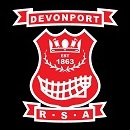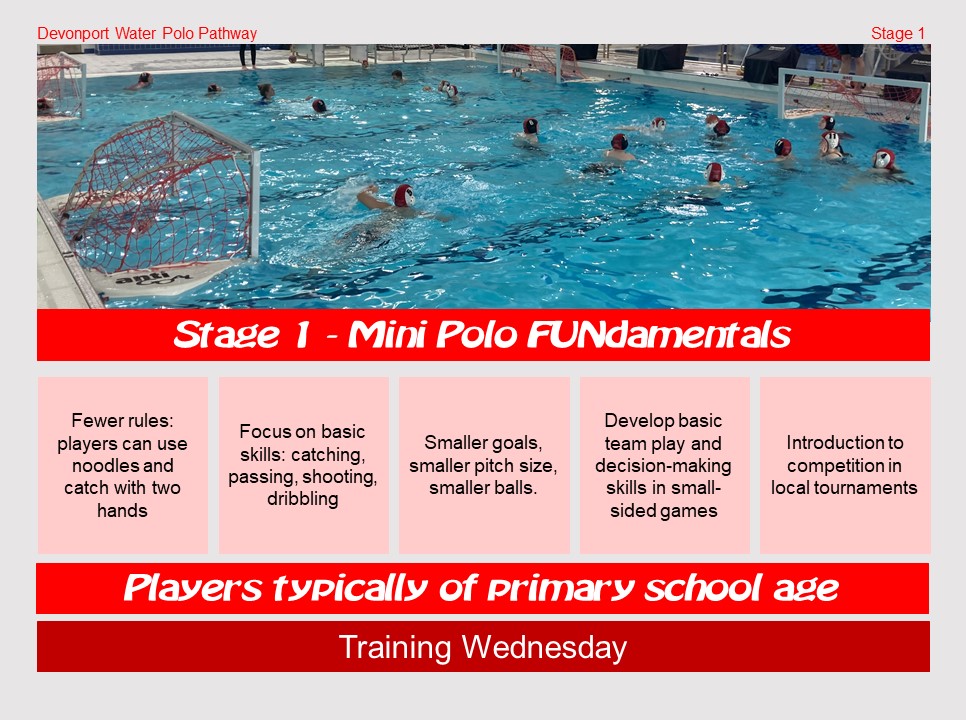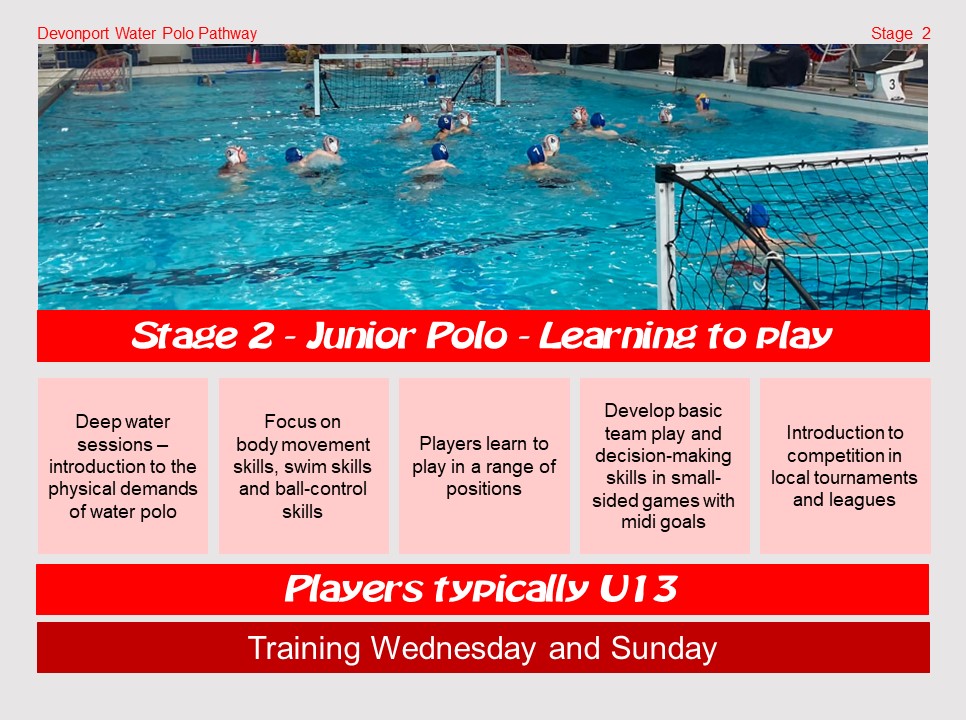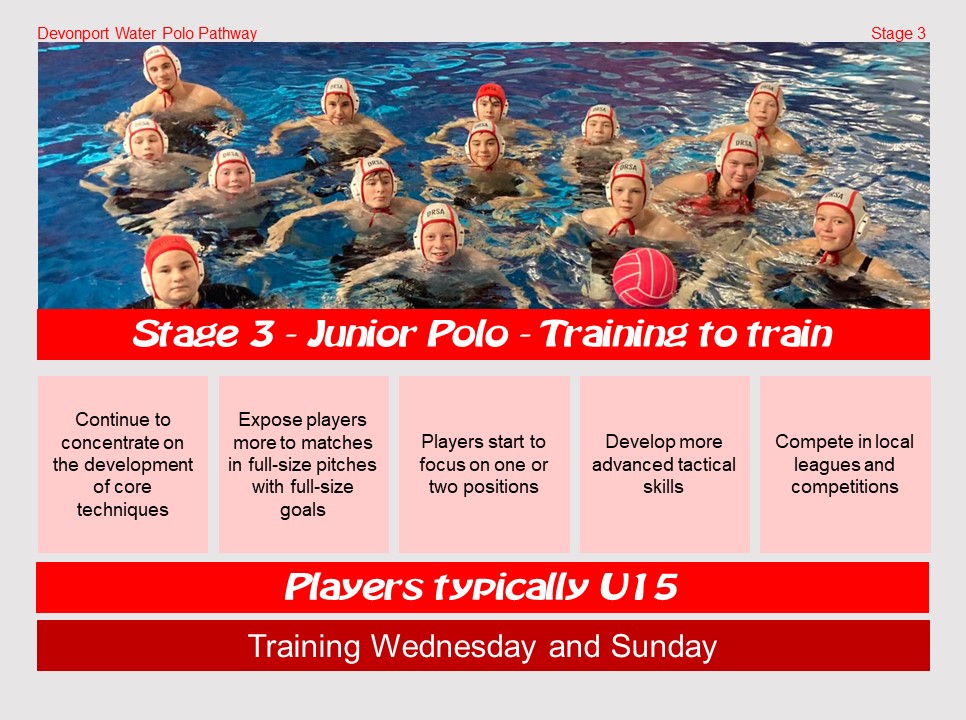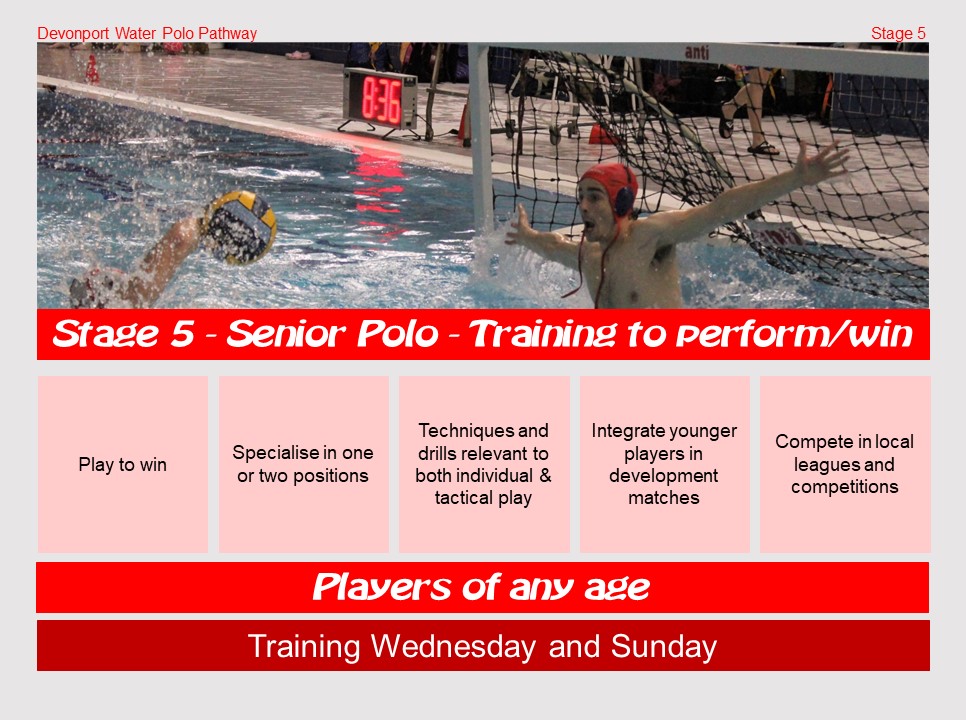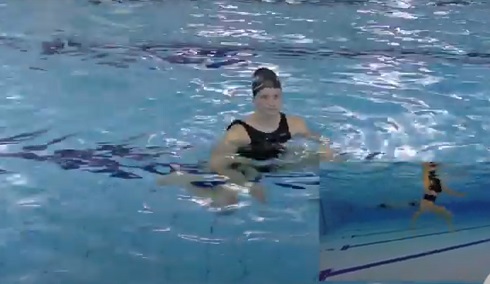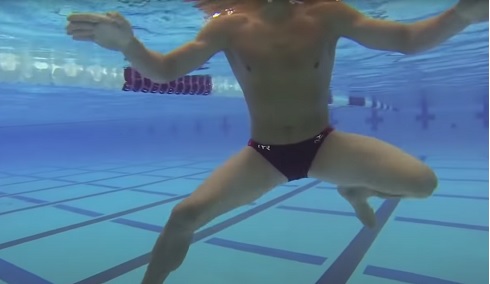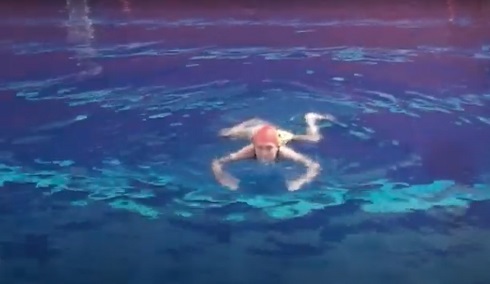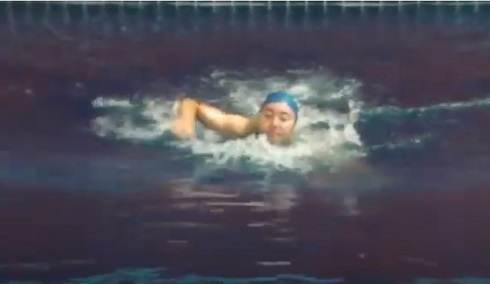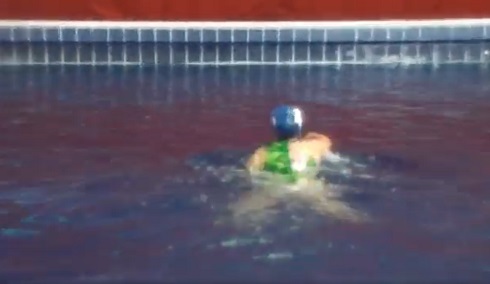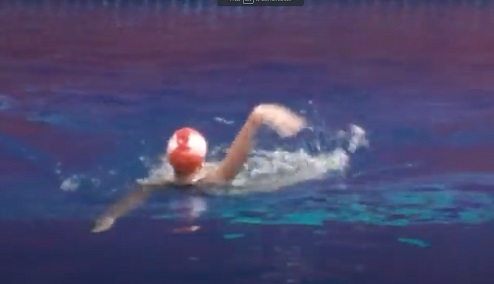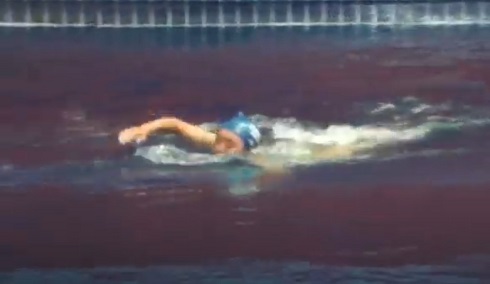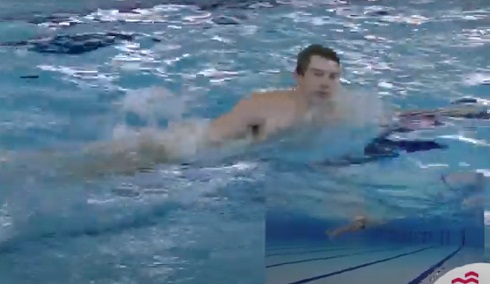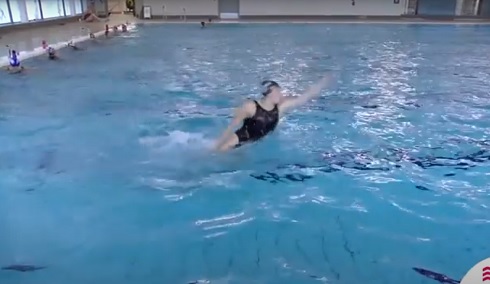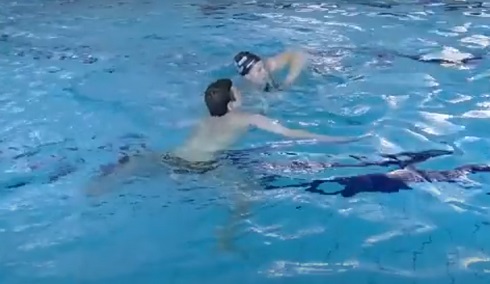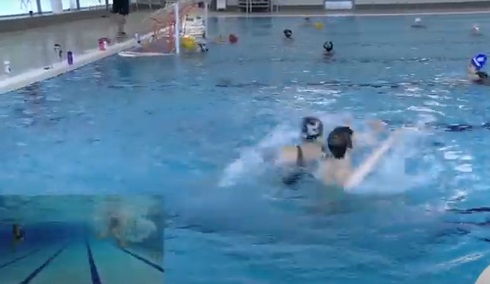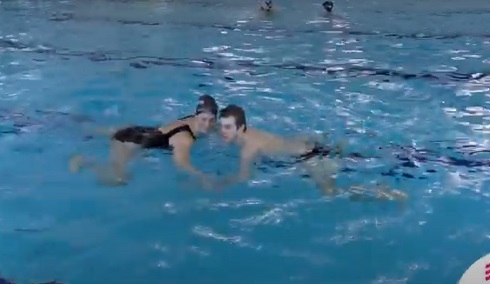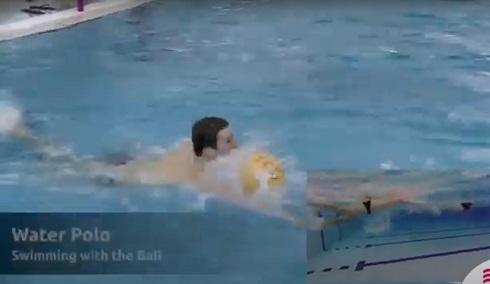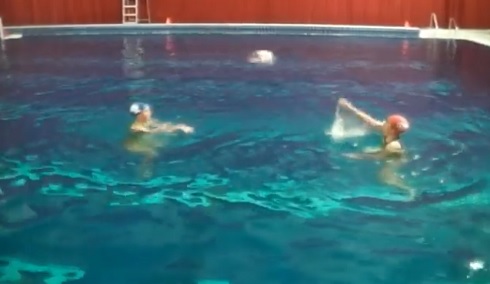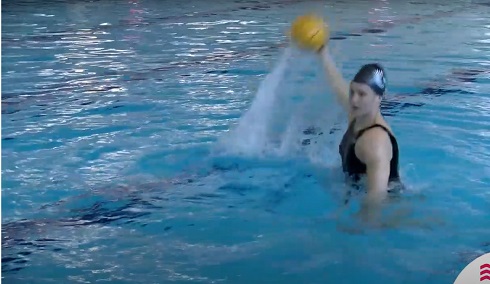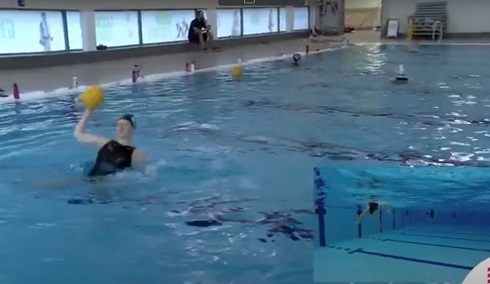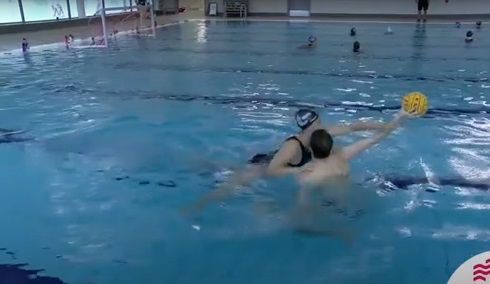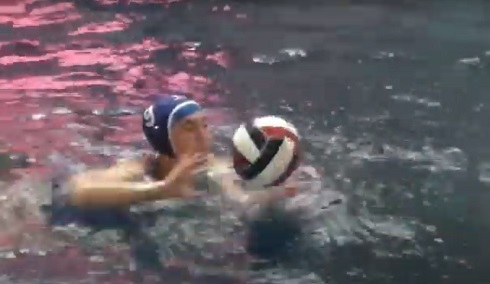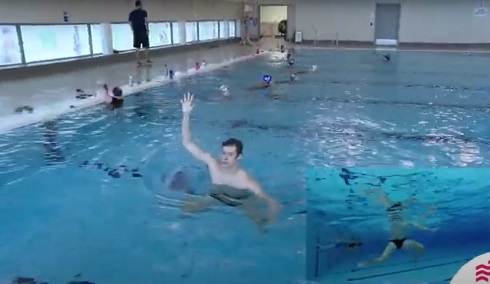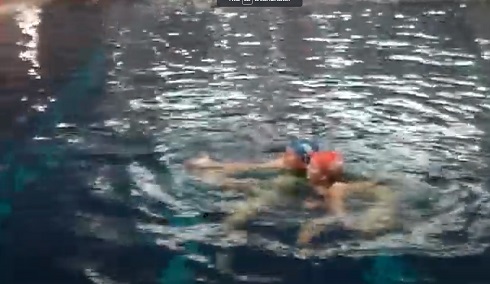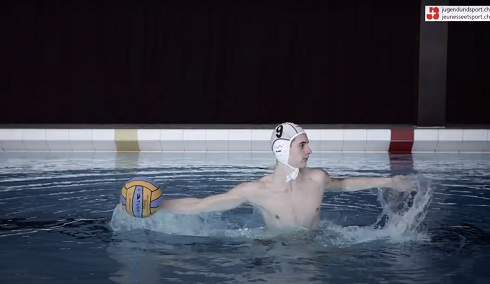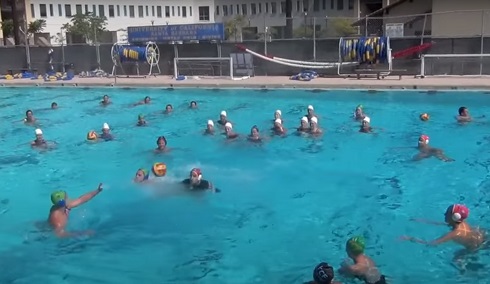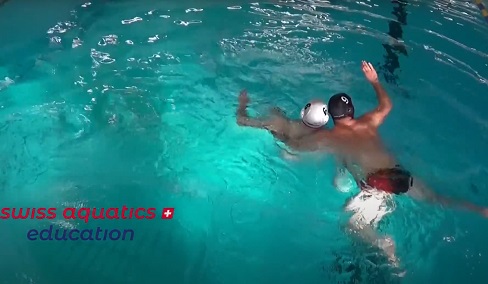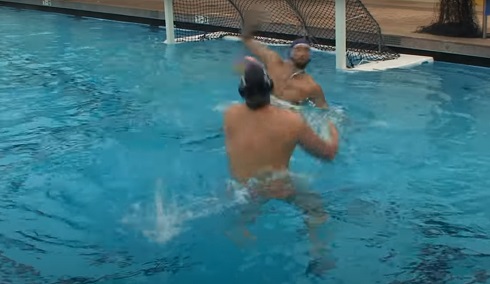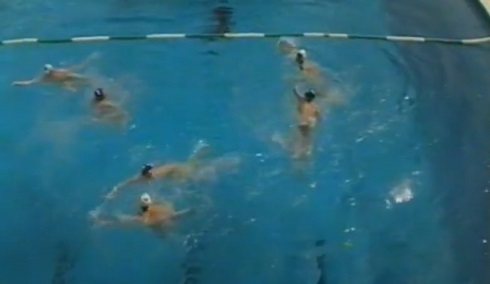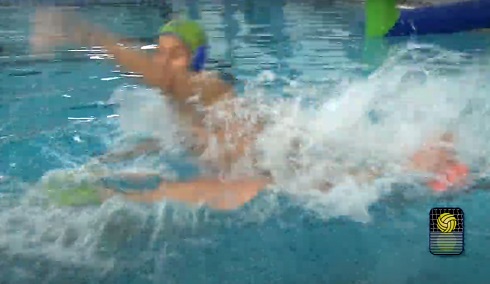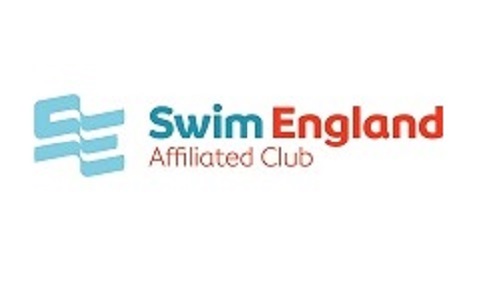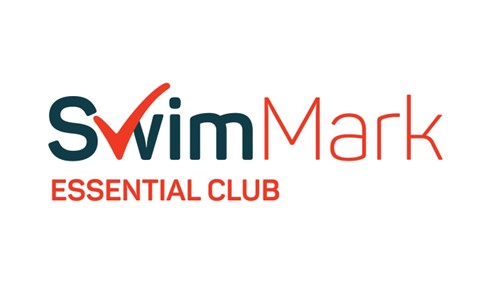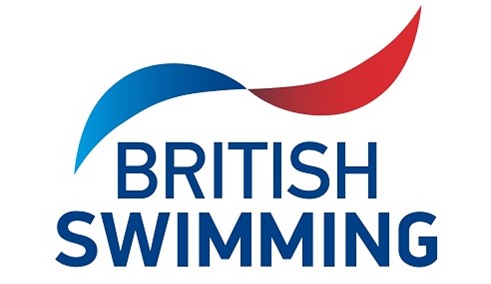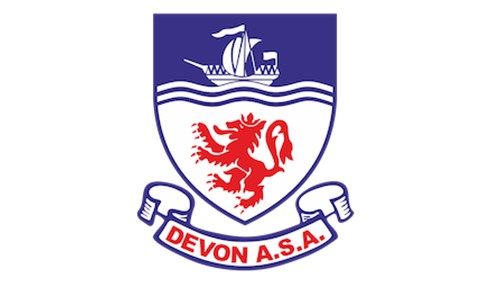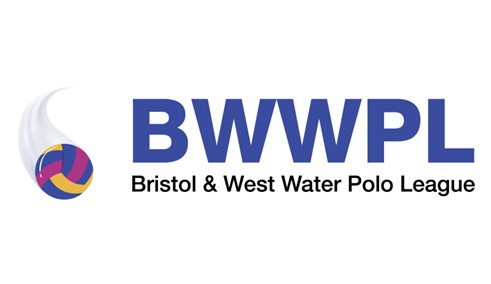Introduction
You will find on this page the DRSA Water Polo Pathway document. This document provides the framework for our development of young people into water polo players. We adopt a flexible approach to the application of this Water Polo Pathway, and no skill is exclusive to any stage. We also recognise that players develop physically and technically at different rates/ages. We allow players to train in the groups that we feel are right for their development and will not assign them to training groups purely on account of their age. We also believe that the adult game in full-size pitches with full-size balls and full-size goals does not meet the needs of young children. Children need a modified game that fits their needs; children should not be modified to meet the demands of the game. All players will train in pitch sizes appropriate to their training group, with smaller goals and smaller balls for younger players. This page serves as a reference point for DRSA coaches, players and parents. The skills documented on this page are the skills we focus on when teaching the game to young players. Some of the videos are published on the Institute of Swimming YouTube site. Others have been produced by ourselves. They have been split into ball skills and non-ball skills.
